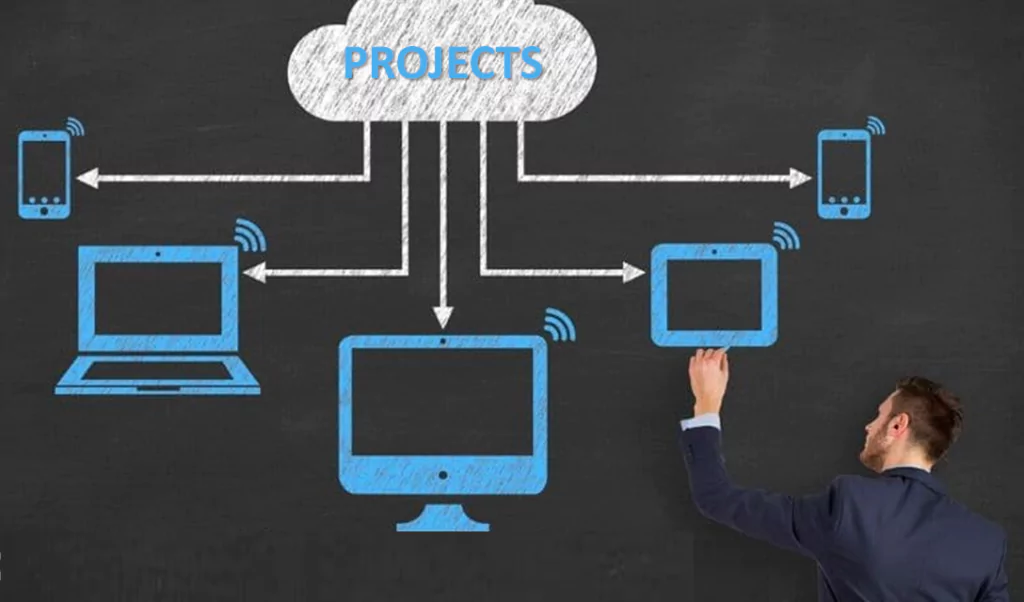Project professionals recommend documenting lessons learned in all types of projects. Each project is a unique challenge with a significant number of new and uncertain components. Who would want to have the same problems as previous projects? Yesterday’s problems are today’s risks. Imagine a contractor who performed badly in the past. Can we trust them in the current project?
Lessons learned databases is extremely valuable. The performing organization could expect (and demand) that the same mistakes are not repeated, but this can only happen if they facilitate access to this explicit knowledge, properly categorized and effectively available to project managers.

The challenge with lessons learned registers lies in its implementation difficulty. Making this knowledge explicit often requires heavy bureaucracy at the most inconvenient time. We typically discuss lessons learned only during project closure, when memories have faded, we’re reluctant to document our mistakes, and our focus is already shifting to the next project.
In practice, we talk about lessons learned as part of the project closure meeting dynamics, essentially as a final retrospective. While this can be valuable for personal growth and future professional relationships among team members, it often doesn’t result in a reusable register of explicit knowledge.
This highlights the need for a more streamlined and continuous approach to capturing lessons learned throughout the project lifecycle to overcome these implementation challenges and facilitate the reuse of valuable knowledge.
«Capturing lessons learned at project closure is not effective: We don’t remember well, we don’t want to document mistakes, and we prefer to think about the next project.»
Predictive projects often require filling out document templates and following strict processes to produce the lessons learned report at the end of the project.

In agile projects, on the contrary, the process is simpler yet highly effective. Lessons learned are captured as they occur, collaboratively, with the goal of continuous improvement applicable within the same project in the short term. When iterations are practiced, they conclude with a retrospective in which the team decides, for their own benefit, what needs to be avoided, improved, and implemented in the next cycle. The recording of these improvement items already constitutes a high-quality basis for lessons learned.
Lessons Learned with Tools
Any information system that facilitates the recording of lessons learned in projects should meet, among others, the following key requirements:

- Real-Time Capture: The system should support real-time capture of lessons learned as they occur during the project, encouraging timely documentation.
- Security: Ensure that sensitive information is adequately protected, and access is controlled to prevent unauthorized access.
- Ease of Use: The system should be user-friendly and easy for project managers to input and access lessons learned without significant effort, ensuring that the knowledge is available to those who need it.
- Mobile App: Provide mobile access to enable project managers to capture lessons learned on the go.
- Categorization: It should allow for the categorization and tagging of lessons to make it easy to search and retrieve specific insights.
- Search: The system should have robust search and retrieval functionality to quickly locate relevant lessons learned based on various criteria.
- Scalability: The system should be able to handle a growing volume of lessons learned as more projects are undertaken.
Lessons Learned with PMPeople
PMPeople is the tool for the Project Economy. All types of organizations manage projects, programs, and portfolios to turn ideas into reality. Organizations are getting “projectified” and need project professionals to ensure predictability, accountability, and final success of each project.
In PMPeople, we believe that lessons learned are highly valuable for project professionals —also as a base for knowledge automation. In all projects, whether predictive or agile, the project management team can register lessons learned as they occur, reuse lessons from other projects, and, most importantly, prepare their own for future reuse.
Lessons learned data are easy to access in PMPeople. Tab CLOSING can be accessed throughout the project lifecycle, not only when the project is closing. This tab is automatically opened when the project state is “closing”—no time/expense reporting allowed—or “archived”—no updating allowed. Project Managers can access project closing information:
- Closure Report can be managed.
- Lessons Learned Register can be updated.
Here are some implementation notes of lessons learned in PMPeople:
- Managers can mark a lesson they register as visible or not, and editable by others or not. They can reuse lessons from a specific project if they have the project’s private code.
- Project managers (and project manager assistants) can reuse lessons learned from their projects or from other projects managed (or assisted) at the business units they belong to.
- Portfolio and program managers can reuse lessons from the projects within their portfolios or programs.
- Users with the PMO (Project Management Office) role can access the repository of all business units in the organization.
- Only what is shared within the «PMPeople» organization is visible to all users. Lessons from a project in one organization are not visible in another organization, even if the user has access.
PMPeople is a technology for project professionals to collaborate using roles. Launched in April 2018 for PMOs and project professionals using 12 collaborative roles to work in teams professionally, in the cloud, collaborating on projects, programs and portfolios.
PMPeople goes beyond simply following workflows, chains of supervision, processes, or document templates: it promotes people interact as individuals. Project Managers can manage projects at many organizations using predictive and agile frameworks. Stakeholders can supervise many projects and give feedback with their mobile application. Team members can know their teammates and job descriptions, submit comments, timesheets, expenses, etc.
PMPeople is aimed to unify professional project management by these differential points:
- Designed by and for professional project managers, following professional project management standards.
- Online productivity –less meetings, less documents, less workflows– through distributed collaboration among 12 specialized roles: Organization Owner, 6 roles on demand management and 5 roles on supply management.
- Freemium product –unlimited time, unlimited users– usable via web and mobile application.
Start using PMPeople for free, for unlimited time and for any number of users. In premium organizations, only managers have a cost. Several roles –stakeholders, team members, sponsors, and resource managers– are always free. You can increase or decrease your premium seats according to the organization’s actual needs. Premium organizations have access to our online interactive support. Our servers are located in the EU. This software can also be hosted on customer premises.
Jose Barato
Related posts
Categories
- Business (16)
- Demand Management Roles (14)
- Frequently Asked Questions (7)
- Guide (26)
- People (23)
- Assignments (2)
- Feedback (2)
- Project Team (3)
- Tracking Time And Expenses (2)
- Process (9)
- Closing (2)
- Executing And Controlling (2)
- Planning (1)
- Project Management (67)
- Management Frameworks (18)
- Organization Owner (OO) (3)
- Project Economy (54)
- Tools (19)
- Supply Management Roles (5)
- Training (6)
- Uncategorized (1)





